Top Reasons Europe Industries Choose Pallet Inverters for Multi-Standard Adaptability Across EU Warehouses
Your warehouse is the heart of your operation. But a major artery is clogged. A truck from the UK arrives with goods on CHEP pallets. Your entire system runs on EURO pallets. Your team stops what they are doing to manually transfer the entire load, box by box. This process is slow. It is expensive. It risks damaging your products and injuring your staff. This daily headache costs you money and creates a bottleneck that slows down your entire supply chain. What if you could solve this problem with a single, reliable machine? A pallet inverter is that solution, designed to make these issues disappear.
European industries choose pallet inverters primarily for their ability to seamlessly transfer goods between different pallet types, such as EURO pallets and UK pallets. This multi-standard adaptability eliminates dangerous manual handling, which reduces labor costs, prevents product damage, and dramatically speeds up logistics operations. It is a vital tool for any company dealing with the diverse standards found in EU and international warehouses.
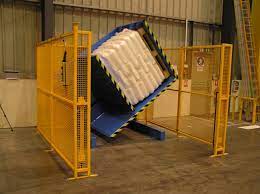
This might sound like a simple mechanical swap. But the true value goes much deeper. I've seen firsthand how this one piece of equipment can transform a company's bottom line. It's not just about changing pallets. It’s about creating a more efficient, safer, and more profitable workflow. Let’s explore the key reasons why forward-thinking leaders across Europe are making this investment.
How Do Pallet Inverters Solve the EU's Diverse Pallet Standard Problem?
Imagine the scene. A delivery arrives at your loading dock. The driver needs their specific pallets back immediately to avoid rental fees. But your internal system uses a different standard. Your team is now under pressure. They must manually unstack and restack hundreds of items. Every minute they spend doing this is a minute your production line or shipping department is waiting. This constant friction point costs you time and money. A pallet inverter offers a standardized, mechanical, and incredibly fast solution to this everyday operational challenge.
Pallet inverters solve the diverse pallet standard problem by mechanically clamping a load, rotating it 180 degrees, and allowing the original pallet to be easily removed from the top. A new pallet, matching your in-house standard, can then be placed before rotating the load back. This process works for various sizes and types, like EURO, CHEP, or plastic pallets, creating a universal bridge between incompatible logistics systems in Europe.
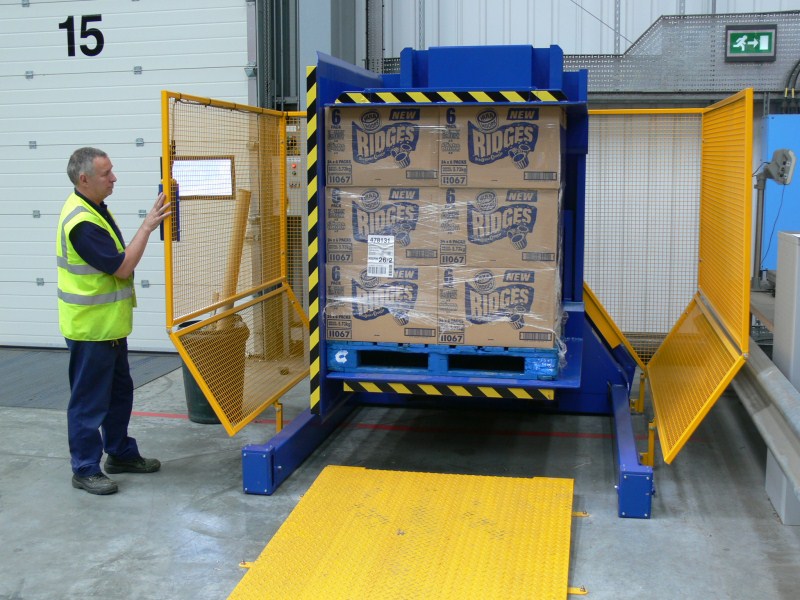
Dive Deeper: The Engineering Behind Seamless Integration
The beauty of a pallet inverter is in its simple and robust engineering. It solves a complex logistics problem with a straightforward mechanical action. Let's break down how it works and why it is so effective across the varied landscape of European pallets.
The Core Mechanical Process
The operation is elegant. First, a forklift places the entire loaded pallet into the inverter's bay. Then, powerful hydraulic or electric clamps move in from the sides and top. They apply just enough pressure to secure the entire load without crushing the contents. This is a critical detail. A well-designed machine has adjustable pressure settings for different products. Once the load is secure, the machine rotates the entire unit, typically 180 degrees. The original pallet is now on top of the stack, free and clear. A worker can easily remove it with a forklift. Then, they place the destination pallet (e.g., an in-house plastic pallet or a standard EURO pallet) onto the load. The machine rotates back 180 degrees, and the load is now on a new pallet, ready to move into your warehouse. The entire process takes only about a minute.
Bridging the Pallet Divide
The lack of a single pallet standard is a major source of inefficiency in Europe. A pallet inverter acts as a universal translator for your goods. I have seen clients deal with this exact issue. One, a food and beverage distributor, received goods on disposable pallets but needed to store them on hygienic plastic pallets for their cleanroom facility. Before, this was a painstaking manual job. After installing an inverter, the transfer was fast, safe, and clean.
Here’s a look at the common pallet types and the challenges they present:
| Pallet Type | Dimensions (mm) | Common Use | Challenge Without an Inverter |
|---|---|---|---|
| EURO Pallet (EPAL) | 1200 x 800 | Most common pallet in continental Europe. | Incompatible with UK-centric systems. |
| UK CHEP Pallet | 1200 x 1000 | Standard in the UK supply chain. | Must often be returned quickly to avoid high rental fees. |
| Industrial Pallets | Varies (e.g., 1200x1200) | Specific industries like chemical or steel. | Not compatible with standard racking or automated systems. |
| Hygienic Plastic Pallet | 1200 x 800 or 1200 x 1000 | Food, pharmaceutical, and cleanroom environments. | Wood pallets cannot enter these zones, requiring transfer. |
The inverter makes these differences irrelevant. It creates a single, controlled point of entry into your facility, ensuring every load conforms to your internal standards from the moment it arrives.
What are the Financial Benefits of Using Pallet Inverters in European Logistics?
Every business owner I know, from a small workshop to a large steel mill, is focused on the bottom line. You constantly look at rising labor costs, the price of damaged goods, and operational inefficiencies. These are not just numbers on a spreadsheet. They are real costs that eat into your profit margin. You might think manual labor for pallet transfers is just a "cost of doing business." But what if it's a cost you could almost completely eliminate? A pallet inverter is not an expense. It is an investment with a clear and often rapid return on investment (ROI).
The primary financial benefits of a pallet inverter are a drastic reduction in manual labor costs and a significant decrease in product damage during handling. It also helps eliminate expensive pallet rental fees by enabling the quick return of shipper pallets. Furthermore, the increased speed and throughput directly boost your warehouse's capacity and revenue potential.
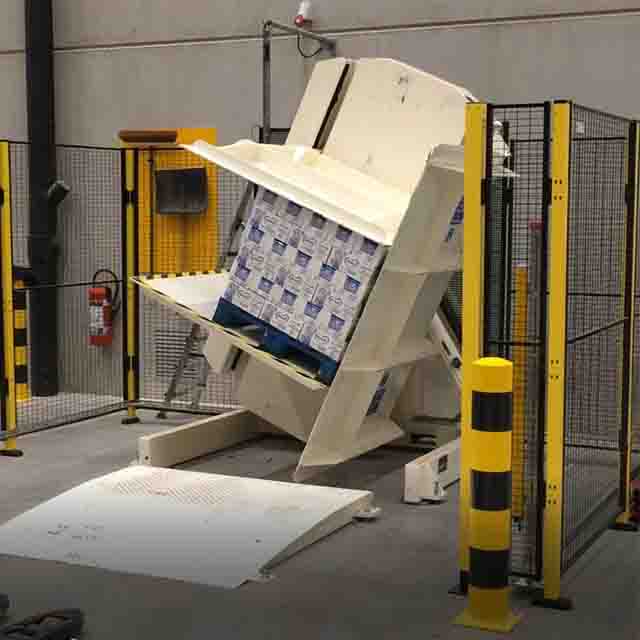
Dive Deeper: Calculating the Tangible ROI
A strategic leader like Javier Morales doesn't invest in equipment based on feelings. He invests based on data and a solid business case. Let's build that case for a pallet inverter by looking at the specific ways it saves and makes you money.
Direct Cost Savings Breakdown
The financial argument is compelling because it's easy to calculate.
- Labor Cost Reduction: This is the most obvious saving. Calculate the number of hours your team spends manually transferring loads each day. Multiply that by their hourly wage. For example, if two workers spend three hours a day on this task at €20/hour, that's €120 per day. Over a year (250 working days), that’s €30,000 in direct labor costs. A pallet inverter reduces that labor to a few minutes per pallet, performed by one forklift operator who is already on duty.
- Product Damage Elimination: When people manually stack and unstack boxes, products get dropped, crushed, or damaged. This is a direct loss. I had a client in the tile industry who estimated they were losing over €15,000 annually from chipped and broken tiles during pallet transfers. The controlled, gentle clamping of an inverter reduced this loss to nearly zero.
- Pallet Rental Fee Avoidance: Companies like CHEP or LPR charge significant fees if their pallets are not returned on time. This puts pressure on your receiving team. An inverter allows you to swap the load onto your own pallet and return the rental pallet to the driver on the same truck it arrived on. This can save thousands of euros per year in rental and penalty fees.
A Real-World ROI Scenario
Let's put this into a simple table. Imagine a medium-sized distribution center.
| Cost Factor | Annual Cost (Manual Method) | Annual Cost (With Pallet Inverter) | Annual Savings |
|---|---|---|---|
| Labor (2 staff, 2 hrs/day) | €20,000 | €2,000 (operator time) | €18,000 |
| Product Damage (0.5% of value) | €10,000 | €500 | €9,500 |
| Pallet Rental Penalties | €5,000 | €0 | €5,000 |
| Total Annual Savings | €32,500 |
If a reliable pallet inverter costs between €20,000 and €40,000, you can see that the payback period is often less than 1.5 years. For a business leader like Javier, who targets an 8% reduction in operational costs, an investment like this is not just attractive; it's a strategic necessity. It's a clear win that shows up directly on the profit and loss statement.
How Do Pallet Inverters Improve Warehouse Safety and Ergonomics?
A company's greatest asset is its people. But in a busy warehouse, we often ask our people to perform tasks that are physically demanding and inherently risky. Manually de-palletizing and re-palletizing a heavy load is a prime example. It involves repetitive bending, lifting, and twisting, which are the main causes of musculoskeletal injuries. These injuries are not just painful for the employee. They lead to lost workdays, higher insurance premiums, and a negative impact on team morale. A safe workplace is a productive workplace. You can significantly reduce these risks by taking the human body out of the equation for the most strenuous tasks.
Pallet inverters improve safety by completely eliminating the need for manual lifting and re-stacking of heavy or awkward loads. This drastically reduces the risk of back strain, shoulder injuries, and accidents caused by unstable, hand-stacked pallets. The controlled, predictable mechanical process creates a safer and more ergonomic work environment for all employees.
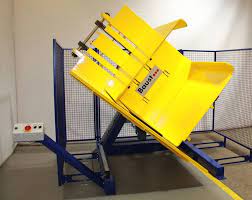
Dive Deeper: Engineering a Safer Workspace
When I transitioned from being an employee to running my own factory, my perspective on safety changed. It became my number one priority. Any machine I design or recommend must meet a high safety standard. A pallet inverter is an excellent example of how smart engineering can remove workplace hazards.
The Ergonomic Nightmare of Manual Handling
Let's be clear about the physical toll of manual pallet transfers. A worker might have to move 50 boxes, each weighing 15-20 kg. To get the boxes from the bottom layer, they have to bend over at the waist and lift from an awkward position. This action places enormous strain on the lower back. As they re-stack the load onto a new pallet, they might be lifting boxes above shoulder height, risking shoulder and neck injuries. The entire process is a recipe for chronic pain and sudden injury. National safety organizations all over Europe have strict guidelines on manual handling for a reason: it's one of the leading causes of workplace disability. An inverter replaces this entire hazardous process with a single push of a button.
Built-in Safety Features of Modern Inverters
A well-built pallet inverter is designed with safety as a core feature, not an afterthought. Here’s what to look for:
- Safety Fencing: The machine should operate within a caged or fenced area. This prevents anyone from accidentally walking into the operational zone while the machine is in motion.
- Light Curtains: These create an invisible barrier of light at the entrance of the machine. If a person or object breaks the beam while the inverter is active, the machine stops immediately.
- Dual-Button Controls: Many systems require the operator to use both hands to press buttons to start the cycle. This ensures their hands are safely away from any moving parts.
- Controlled Hydraulic Pressure: The clamping system is designed to hold the load securely but gently. It prevents catastrophic failure from an unstable, hand-stacked pallet collapsing.
Here is a simple comparison of the workflows:
| Task | Manual Method Risk | Inverter Method Safety |
|---|---|---|
| Accessing Bottom-Layer Items | High risk of back injury from deep bending and lifting. | No manual lifting required. The machine inverts the load. |
| Replacing a Damaged Pallet | Very high risk. Requires jacking up the load or full manual transfer. | Safe and simple. The load is clamped, inverted, and the pallet is swapped. |
| Load Stability | Hand-stacked loads can be unstable and may shift or collapse. | The load is held securely by the machine's clamps throughout the process. |
For a CEO like Javier, who wants to increase equipment uptime to 95%, reducing employee downtime due to injury is a critical part of that equation. A safe operation is a reliable and efficient operation.
What's My Personal Take on Choosing the Right Pallet Inverter?
You can read all the brochures in the world. You can compare spec sheets and prices. But as an engineer who has spent his life on the factory floor and later built my own factory, I can tell you this: not all machines are created equal. Choosing a critical piece of equipment like a pallet inverter is about more than just its function. It’s about reliability, longevity, and partnership. I've seen companies buy the cheapest option only to have it fail under pressure, costing them far more in the long run. Making the right choice requires looking a little deeper.
My personal take is to look beyond the price tag. Focus on three key areas: the build quality of the frame and the reliability of the hydraulic and electrical systems; the flexibility of the clamping system to handle your specific products without causing damage; and the quality of the after-sales support from the supplier. A good supplier acts as a strategic partner, helping you solve a problem, not just sell you a machine.
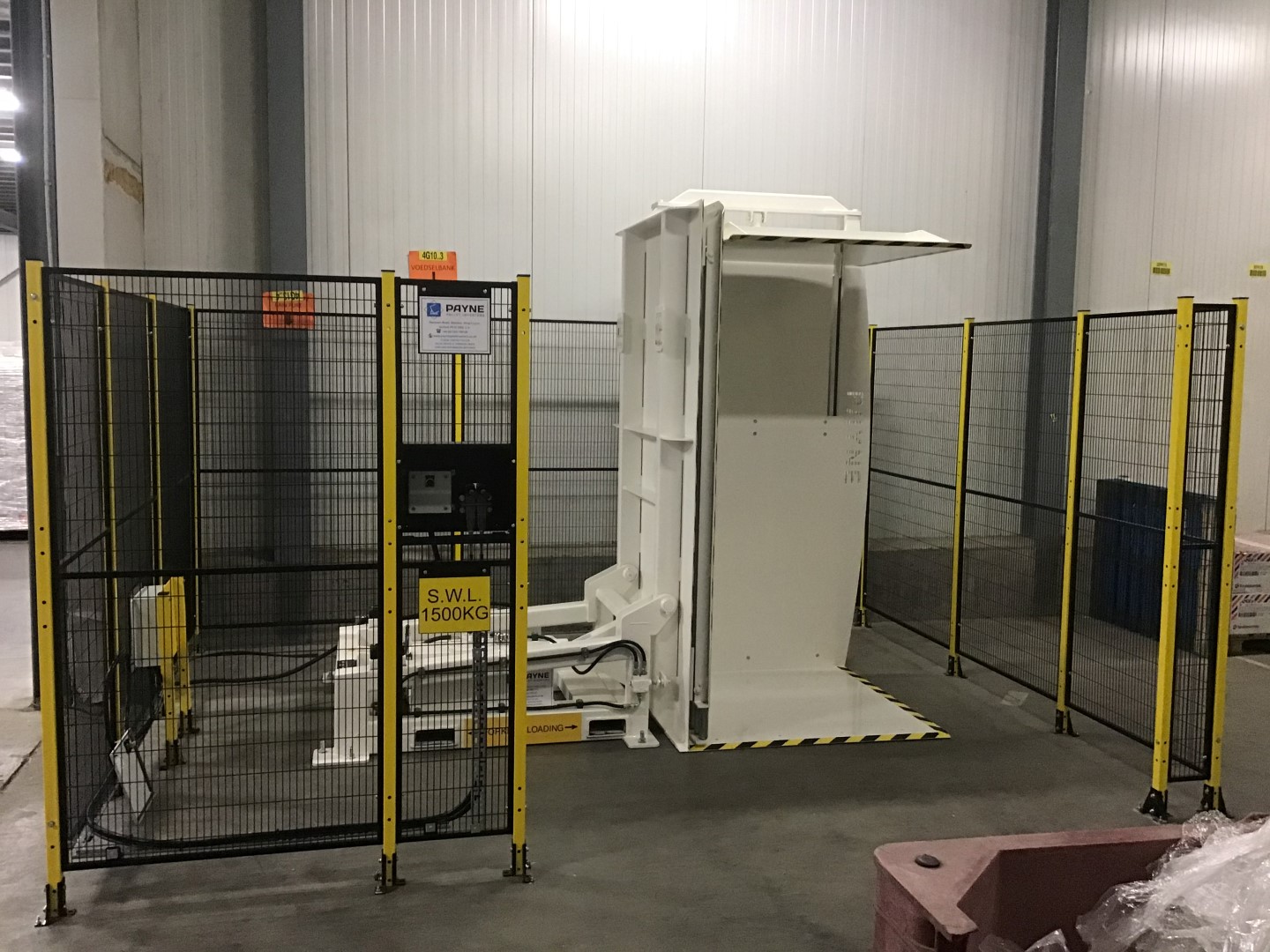
Dive Deeper: An Engineer's Advice on Your Investment
When I help clients like Javier, I don't just talk about features. We talk about his goals: reducing costs, improving uptime, and future-proofing his factory. The machine is the tool to achieve those goals. Here is the advice I give, based on my journey from engineer to factory owner.
1. It's About Control, Not Just Rotation
The most basic inverter can turn a load upside down. A great inverter does it with precision and control. The most important feature is the adjustable clamping pressure. Think about your products. Are you handling robust steel coils or fragile boxes of glass? A one-size-fits-all clamping pressure will damage one of them. A high-quality machine allows you to set and program different pressures for different loads. This protects your product, which, as we discussed, is a direct impact on your bottom line. Ask a potential supplier how their pressure system works. Is it a simple on/off, or is it a truly adjustable hydraulic or electrical system? This detail matters.
2. Look at the Welds, Not Just the Paint
When I started my own factory, SHJLPACK, I learned that what you don't see is often more important than what you do. The longevity of a machine is in its bones.
- Steel Thickness: Look at the thickness of the steel used in the frame and clamping arms. A heavier frame means more stability and a longer life, especially in a demanding, 24/7 environment.
- Weld Quality: Examine the welds. Are they clean, consistent, and deep? Poor, sloppy welds are a sign of a rushed manufacturing process and are often the first points of failure.
- Component Brands: Ask about the brands of the core components. The hydraulic power pack, the PLC (Programmable Logic Controller), the sensors. Are they from reputable, well-known industrial suppliers like Siemens, Schneider Electric, or Parker? Using quality components means better reliability and easier access to spare parts down the road.
3. The Supplier is Part of the Machine
This is perhaps the most important point. As Javier knows, you are not just buying a piece of equipment; you are entering into a long-term relationship. A low price from a supplier who disappears after the sale is a terrible deal. A true partner will:
- Ask the Right Questions: They will want to understand your products, your workflow, and your goals.
- Offer Customization: They can make small modifications to the machine to better suit your needs.
- Provide Support: They have a clear plan for installation, training, and after-sales service. What is their warranty? How quickly can they provide spare parts? Do they have technicians who can help you troubleshoot?
My success came from helping my clients succeed. Your success with this investment will depend on choosing a partner who shares that philosophy.
Conclusion
A pallet inverter is a strategic asset for European warehouses. It directly addresses multi-standard challenges, enhances safety, and provides a clear, measurable return on investment for any modern, forward-thinking operation.

